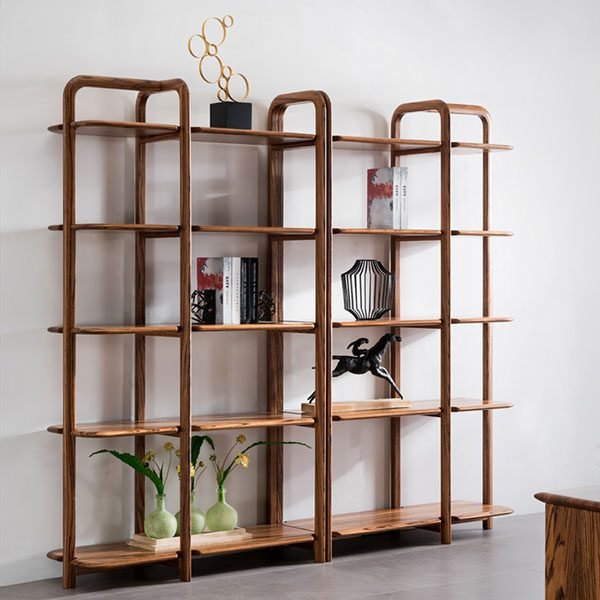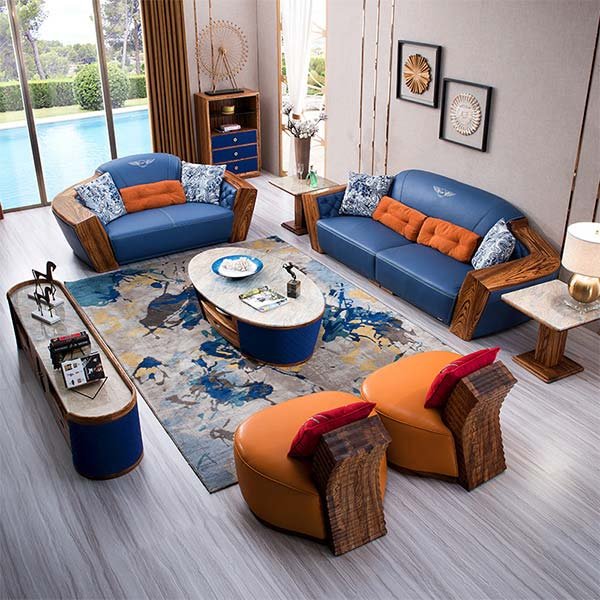“Arrange with care, create a space that’s fair.”
Furniture Placement Tips for Small Living Rooms
Arranging furniture in a small living room can be a challenging task, but with the right tips and tricks, you can make the most of the space you have. One of the key things to keep in mind when arranging furniture in a small living room is to maximize the available space and create a sense of openness.
Start by measuring the dimensions of your living room and the furniture you plan to use. This will help you determine the best layout for your space. Consider the traffic flow in the room and make sure there is enough space for people to move around comfortably.
When arranging furniture in a small living room, it’s important to keep the scale of the furniture in mind. Choose pieces that are proportionate to the size of the room and avoid bulky or oversized furniture that can make the space feel cramped. Opt for furniture with clean lines and open legs to create a sense of lightness.
To create a sense of balance in your small living room, consider using a mix of furniture pieces of different heights and sizes. This will help create visual interest and prevent the room from feeling too uniform. Place larger pieces of furniture against the walls to free up space in the center of the room.
When arranging seating in a small living room, consider using multipurpose furniture pieces like ottomans or benches that can double as extra seating when needed. This will help maximize the seating options in the room without taking up too much space. Consider placing a small coffee table in the center of the seating area to provide a place for drinks and snacks.
To make the most of natural light in a small living room, consider placing furniture near windows to allow for plenty of natural light to flow into the room. Avoid blocking windows with large pieces of furniture that can obstruct the light and make the room feel dark and cramped.
When arranging furniture in a small living room, consider using area rugs to define different zones within the space. This can help create a sense of separation between the seating area and other areas of the room, such as a dining area or workspace. Choose a rug that is proportionate to the size of the room and place it under the main seating area to anchor the space.
In conclusion, arranging furniture in a small living room requires careful planning and consideration of the available space. By following these tips and tricks, you can create a functional and stylish living room that maximizes the space you have. Remember to keep the scale of the furniture in mind, use multipurpose pieces, and make the most of natural light to create a sense of openness and balance in your small living room.
Creative Ways to Arrange Furniture in a Large Living Room
Arranging furniture in a large living room can be a daunting task, but with a little creativity and planning, you can create a space that is both functional and visually appealing. One of the key things to consider when arranging furniture in a large living room is the layout of the room itself.
Start by taking measurements of the room and sketching out a floor plan. This will help you visualize how the furniture will fit in the space and allow you to experiment with different arrangements before moving any heavy pieces.
When arranging furniture in a large living room, it’s important to create distinct zones for different activities. For example, you may want to create a seating area for conversation, a reading nook, and a space for watching TV. By defining these zones, you can create a sense of balance and harmony in the room.
One creative way to arrange furniture in a large living room is to create a focal point. This could be a fireplace, a large window with a view, or a piece of artwork. Arrange the furniture around this focal point to draw attention to it and create a sense of cohesion in the room.
Another creative way to arrange furniture in a large living room is to use rugs to define different areas. Place a large rug under the seating area to anchor the space and create a sense of coziness. You can also use smaller rugs to define the reading nook or TV area.
When arranging furniture in a large living room, don’t be afraid to experiment with different layouts. Try placing the sofa in the middle of the room instead of against a wall, or use a pair of chairs instead of a traditional sofa. By thinking outside the box, you can create a unique and inviting space that reflects your personal style.
In addition to the layout of the furniture, consider the scale and proportion of the pieces you choose. In a large living room, it’s important to use furniture that is appropriately sized for the space. Avoid overcrowding the room with too many pieces, and make sure there is enough space to move around comfortably.
Finally, don’t forget to consider the flow of the room when arranging furniture in a large living room. Make sure there is a clear path from one area to another, and that the furniture doesn’t block any doorways or windows. By paying attention to these details, you can create a space that is both functional and aesthetically pleasing.
In conclusion, arranging furniture in a large living room requires careful planning and creativity. By considering the layout of the room, creating distinct zones, using focal points and rugs, experimenting with different layouts, and paying attention to scale and flow, you can create a space that is both stylish and functional. With these tips in mind, you can transform your large living room into a welcoming and inviting space that reflects your personal style.
Maximizing Space in a Multi-Functional Living Room
Arranging furniture in a living room can be a challenging task, especially when the space needs to serve multiple functions. Maximizing space in a multi-functional living room requires careful planning and strategic placement of furniture.
One of the key principles to keep in mind when arranging furniture in a multi-functional living room is to create distinct zones for different activities. This can help to define the purpose of each area and make the room feel more organized and cohesive.
Start by identifying the different activities that will take place in the living room, such as watching TV, reading, socializing, and dining. Once you have a clear idea of how the space will be used, you can begin to plan the layout of the room.
When arranging furniture in a multi-functional living room, it’s important to consider the flow of traffic. Make sure there is enough space between furniture pieces to allow for easy movement throughout the room. Avoid placing furniture in a way that creates obstacles or blocks pathways.
To maximize space in a multi-functional living room, consider using furniture that serves multiple purposes. For example, a sofa bed can provide seating during the day and a sleeping space for guests at night. A coffee table with storage can help to keep clutter at bay and provide a place to store items like blankets, magazines, and remote controls.
Another way to maximize space in a multi-functional living room is to use furniture that is visually lightweight. Opt for pieces with legs that lift them off the floor, which can create a sense of openness and make the room feel larger. Avoid bulky furniture that can overwhelm the space and make it feel cramped.
When arranging furniture in a multi-functional living room, consider the scale of the room and the size of the furniture. Choose pieces that are proportionate to the space and avoid overcrowding the room with too many large pieces. Balance larger items like sofas and armchairs with smaller pieces like side tables and ottomans to create a harmonious look.
Incorporating storage solutions into the furniture can also help to maximize space in a multi-functional living room. Look for pieces that offer built-in storage, such as ottomans with hidden compartments or coffee tables with drawers. This can help to keep the room organized and free of clutter.
When arranging furniture in a multi-functional living room, don’t be afraid to experiment with different layouts until you find one that works best for your space. Consider the placement of windows, doors, and architectural features when planning the layout of the room.
By following these tips and principles, you can create a functional and stylish living room that maximizes space and meets the needs of your lifestyle. With careful planning and thoughtful placement of furniture, you can transform your multi-functional living room into a comfortable and inviting space for all to enjoy.
Заключение
Arrange furniture in a living room by creating a focal point, considering traffic flow, balancing the room with different sized pieces, and leaving enough space for movement.



